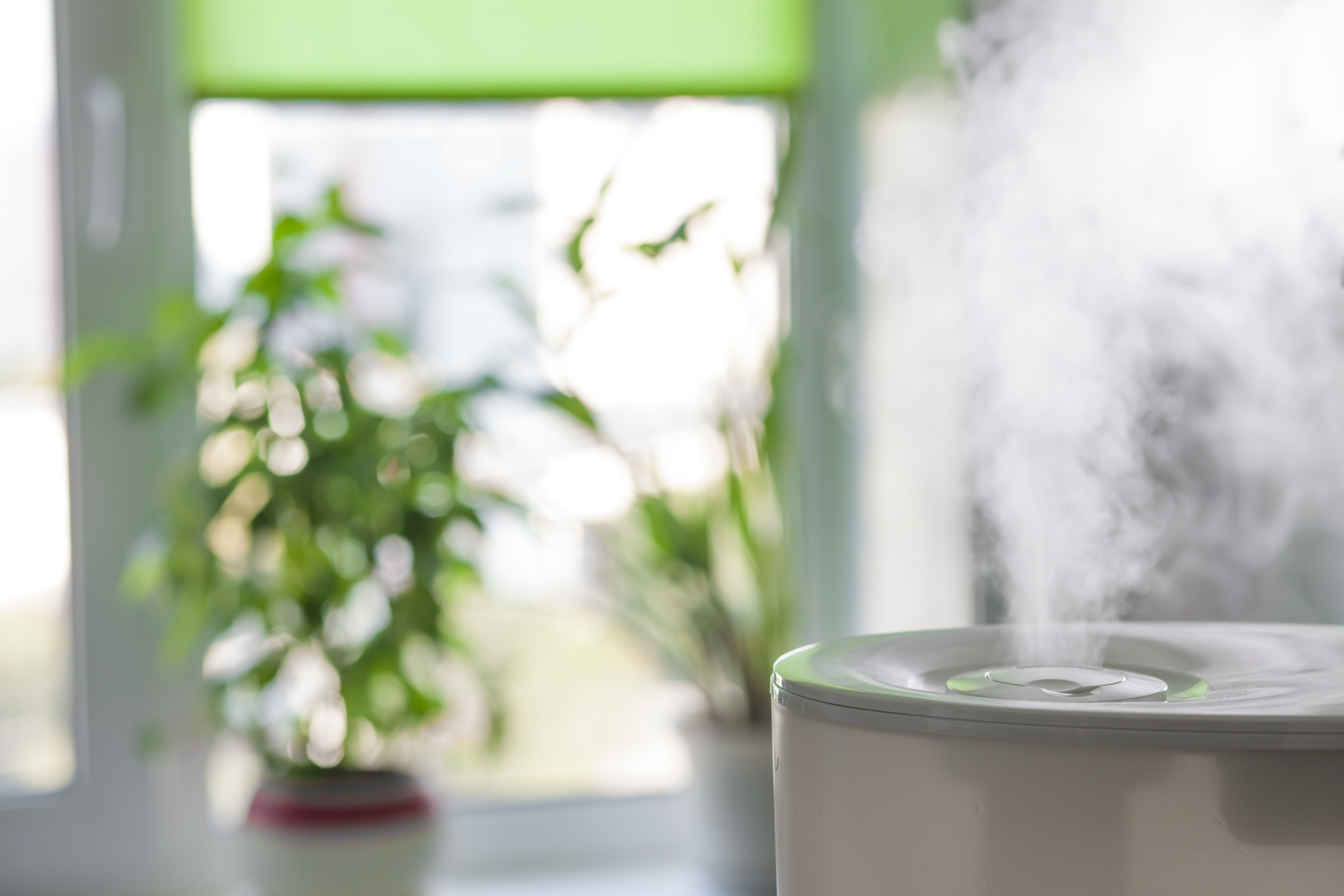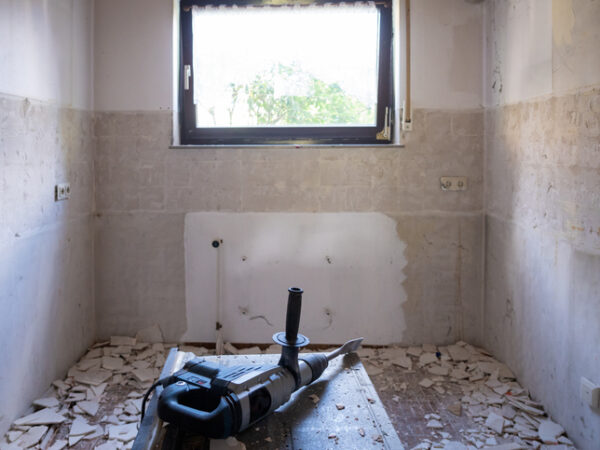With the summer heat, humidity, and thunderstorms in full August swing, many homes with basements are running dehumidifiers ’round the clock to keep mold and mildew that can cause respiratory problems at bay. But although a dry environment indoors helps prevent musty odor and dangerous organism growth, two million recently recalled dehumidifiers in the United States, 380,000 in Canada and about 25,000 in Mexico may have homeowners questioning the use of the devices.
According to a recent Consumer Product Safety Commission statement, the recalled dehumidifiers can overheat and catch fire, posing fire and burn hazards. The devices included in the recall can be found here, and owners of the recalled dehumidifiers can receive a refund for their purchase. The humidifiers in question are manufactured in China by New Widetech and were sold at Lowe’s, Costco, Menards, and other retailers from February 2009 through August 2017 at a cost of between $120 and $430.
According to Consumer Reports, the optimal humidity level on a dehumidifier should be set between 30 and 50 percent – any higher and the environment can breed dust mites, mildew, and mold and trigger allergies. A humidifier should be placed in an area with open space around it to allow air to flow freely. Closing windows and doors in the space allows the dehumidifier to work more efficiently and, when the tank is full, it should be regularly emptied. Homeowners can also connect a hose to divert water into a nearby drain. It is also important to regularly clean the filter the air flows through as well at the grill.
Other options to help reduce damp air inside the home are to run the exhaust fan after showers or while cooking – or open windows to control moisture. Dryer duct vents should be cleaned regularly to maintain airflow, help clothes dry faster, and prevent dryer fires. Keep gutters clean and direct rainwater away from the house with downspouts and extensions if necessary. Watch for cracks in the foundation that can allow water to seep inside and check that water isn’t pooling near the foundation.






Add Your Voice
0 Comments
Join the Discussion